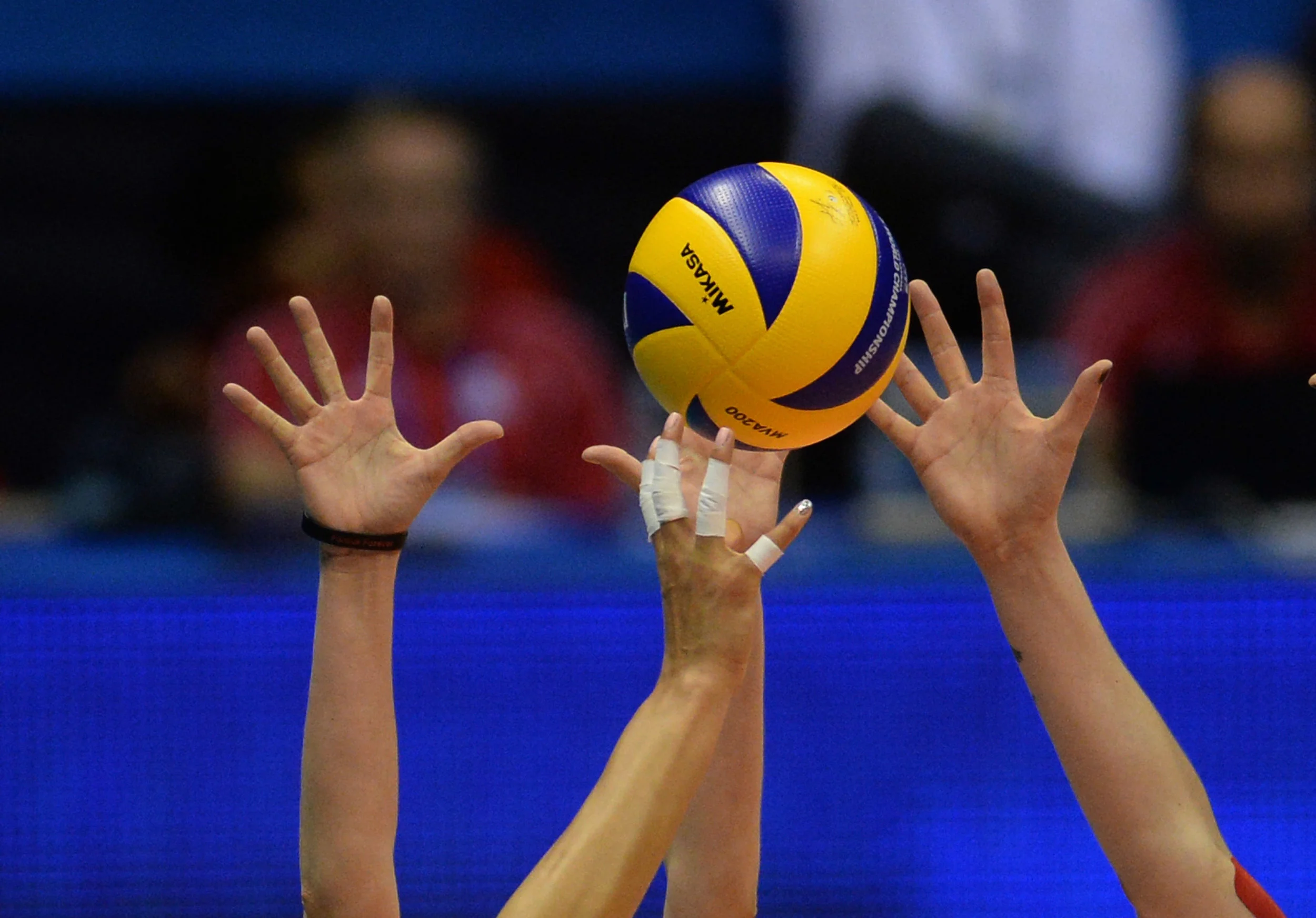Strength: The Missing Component
High school-aged volleyball players tend to be weak, scrawny and often injured and will remain that way unless a strategically implemented strength training program is put in place.
The high volume jumping, attacking and awkward defensive posture in volleyball place a ton of stress on the shoulders, knees, and lower back. Without proper recovery practices (including nutrition, sleep and time to heal) injuries will prevail.
Think of athletes’ joints as elastic bands - the more you stretch the elastic, the weaker it becomes and the greater the chance it will break. The muscles, tendons and ligaments surrounding your joints are essentially the elastics that protect you from injury. Volleyball causes your joints to temporarily weaken. But, unlike elastics, the joints will heal if there is sufficient recovery time.
The problem is that high school-aged volleyball players are often practicing and/or competing six or seven days a week. This is hardly sufficient recovery time, and acute and chronic injuries are inevitable. The joints are not designed to take this volume of impact, so either of two things happens:
- Players develop an overuse (chronic) injury like Patellofemoral Syndrome (jumpers’ knee) or
- A serious acute injury like a torn ACL.
How do we solve this problem? It is simple - athletes need sufficient time to recover and they need to get stronger! As athletes get stronger the elastics become stronger and they are able to withstand high volume stretching without breaking. If a practice schedule and strength training program are structured properly so that they complement each other, athletes are able to stay healthy and gain performance enhancing qualities like a faster arm swing and an improved vertical jump.
However, most strength training programs that are currently being implemented are not working synergistically with the practice/competition schedule, which results in athletes being injured and burning out. An example of this is when volleyball players are forced to do workouts with high volume jumping exercises.
This article is from Vol. 4 Issue #4 of Volleyball Source Magazine. Didn't read that issue? Subscribe here.
Every volleyball practice is already a high volume jumping workout. Adding jumping exercises to the workouts delays recovery and predisposes athletes to injuries. Another example of such is workouts with crunching exercises, exposing athletes to high volume spinal flexion.
A high quality, strength training program that will keep athletes bodies healthy while developing the desired performance-enhancing qualities like an improved vertical jump, a faster arm swing, a more powerful first step and improved balance is made up of all these components:
- A dynamic warm-up that places a special emphasis on hip and shoulder mobility.
- Simple, mechanically sound movement patterns where mastering technique comes before increasing weight. Example exercises are variations of the lunge, squat, planks, bridges and basic pressing and pulling movements.
- Small improvements are emphasized each week. The improvements can be created by increasing weight, repetitions and/or reducing rest times. Trying to improve too quickly results in reduced performance in practice and potential injuries.
- Monitor the athletes’ progress by recording the repetitions and weight used in training.
- Develop core strength through isometric holds (holding a fixed position) such as various planking and bridging variations (NOT crunching exercises!).
- The intensity of the workouts is reduced with an increased focus on mobility and stretching during times of hectic practice/competition schedule.
- Stability exercises for the ankle joints are included to reduce the frequency of ankle sprains.
- Speed/agility and jumping exercises are included in low volumes (few repetitions and lots of rest time) with a specific technical focus. Every repetition is performed near 100 per cent effort. Performing countless sprints and jumps at 70 per cent effort is counterproductive.
- There is one day of rest where there is no volleyball or strength training.
- After every workout, athletes stretch for a minimum of 7 minutes.
About the Author
Reid Hall
Reid Hall has been on the volleyball scene since the age of 12, competing both indoors and on the beach. He won multiple youth beach National Championships, had a 4th place finish at the Junior World Championships and was with the National Team in 2008-09.
Reid graduated from York University with an Honors Degree in Kinesiology and Health Sciences. He is currently a coach with the Burlington-based Defensa Volleyball Club and an Elite Strength and Conditioning coach working with athletes ranging from high school to Olympic level.
For more, go to reids-workouts.com


